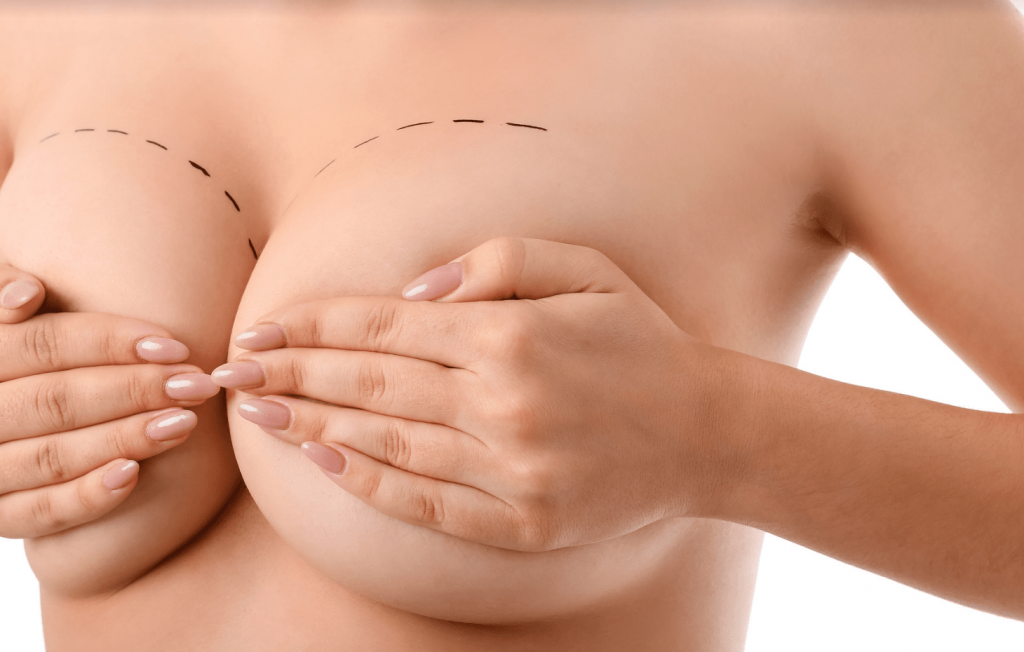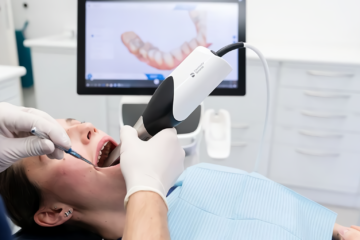This is a procedure to give excessively large or sagging breasts a more pleasant appearance by making them smaller.
Excessively large and sagging breasts can be caused by many factors such excessive weight gain, advanced age, some medicines and tumours as well genetic and hormonal reasons. It is possible to obtain smaller, lighter and aesthetic breasts during a breast reduction operation by removing extra breast tissue, fat tissue and skin.
Reasons to Have Breast Reduction Surgery
- Aesthetically displeasing appearance (size, sagging, widening areolae, nipples being beneath the inframammary fold).
- Difficulties in comfortably wearing underwear and clothing.
- Back, shoulder and neck complaints.
- Excessive sweating, bulld up of dirt/crust under the breasts.
- Skeletal deformities.
Things to Pay Attention to Pre-Surgery
A breast examination must take place before the operation. The breasts may be examined with the aid of ultrasonography and mammography in situations that appear to pose a risk or for people above the age of 40 in order to make the correct decision.
Age Range
Although breast reduction surgery can be performed from the age of 17-18 onwards once the breasts have fully developed, it can be performed at younger ages in certain special circumstances.
Surgical Methods
There are several techniques available. Most of these techniques protect the chute channels so that breastfeeding is not impeded after childbirth. The percentage of women who have been able to breastfeed after childbirth is approximately 70%.
Although there are several techniques available for the operation, almost all of them involve a straight or a reverse T shape incision from the top of the breast to the bottom. The technique to be used is determined with the surgeon who takes into account the size of the breast(s), the degree of deformation and their elasticity during the examination.
Type of Anaesthesia and Length of Procedure
Breast reduction surgery is performed under general anaesthetic and lasts on average for 3 hours. A thin drain is inserted into each breast and they remain in place for 1-2 days to remove possible build ups of blood and fluid. The patient is released from hospital the day following the operation. The patient can return to their normal daily activities and work while wearing a sports or similarly elastic bra after a few days
Recovery Period
Pain following breast reduction surgery during the recovery period can be easily managed with painkillers and disappears after 1-2 days. The patient comes to the hospital every 2-3 days for check-ups. Stitches are removed after 10-12 days. There may be some loss of feeling in the nipples and skin due to swelling. This usually passes within 6 weeks. Scarring disappears after 1 year.
Things to Pay Attention to Post-Surgery
- Avoid lifting or pushing heavy objects for 3-4 weeks.
- Limit exercise for a few weeks.
- Regulary wear your doctor’s recommended sports bra.
- You may not be able to have sexual relations for 1 week as sexual stimulation may lead to swelling of the incisions. Avoid touching the breasts for 6 weeks apart from light touching.
- Small fluid leakages from, or scabbing of, the operation site is possible.
- Chute channels are protected so that any future breastfeeding can be done.
- Breasts cannot regrow after reduction surgery. Women who undergo this procedure have a lower risk of breast cancer.





Tour Reviews
There are no reviews yet.
Leave a Review